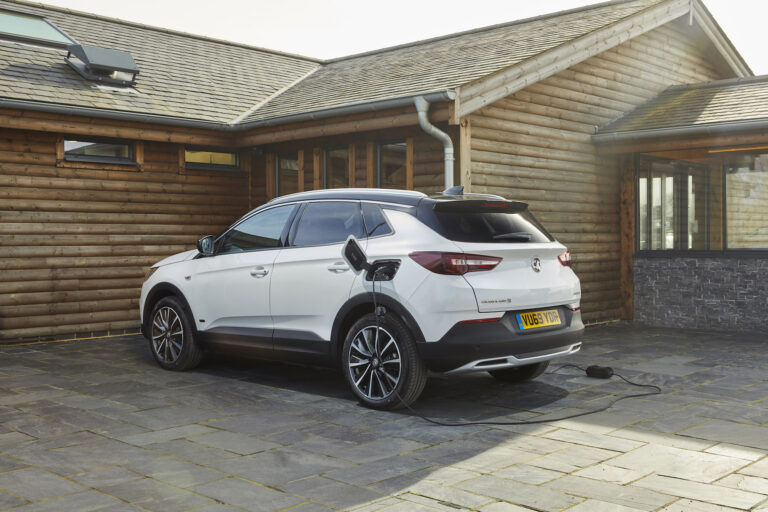For most owners of electric or plug-in hybrid vehicles, the majority of charging happens either at home or at work. A grant is available via the Government called the Electric Vehicle Homecharge Scheme to help with the cost of having a home charging point fitted, although some checks need to be made to ensure that your domestic electricity supply can cope with the extra power required.
To be eligible for the Government grant you will need to prove ownership (or a lease agreement) of an EV and it must also be fitted by an installer authorised by OLEV (the Office of Low Emission Vehicles). You can also claim for up to two charging points per household.
The most popular home charging points are rated at 7kW and are available from a number of different suppliers. However, there are also 3kW points available which are slightly cheaper and reduce the load on your electricity supply, but also mean a slightly longer charging time – especially if your car has a fast on-board charger.
Both 3kW and 7kW home charging points come either as a Type 2 socket on their own or with a tethered Type 1 or Type 2 cable similar to a hose reel. Many owners prefer the tethered cable for regular ease of use as you don’t have to retrieve the car’s own cable from the boot each time you want to charge.
The only problem with a tethered cable can be if you have a household with a different EV and different sockets or plan to switch to an alternative in the future.
The final alternative at home is to charge via a standard domestic three-pin plug socket. This is more suitable for plug-in hybrids rather than fully electric cars as the charge rate tends to be limited to around 2.3kW. As it’s so close to a domestic socket’s 3kW maximum, that can put a lot of strain on the circuit for the long period of time required to charge a fully electric car.
If you are regularly charging your vehicle at home, you should ask your electricity supplier about different charging rates at different times of the day – you may find you get a cheaper rate overnight rather than during the day with an Economy 7 tariff or something similar.

